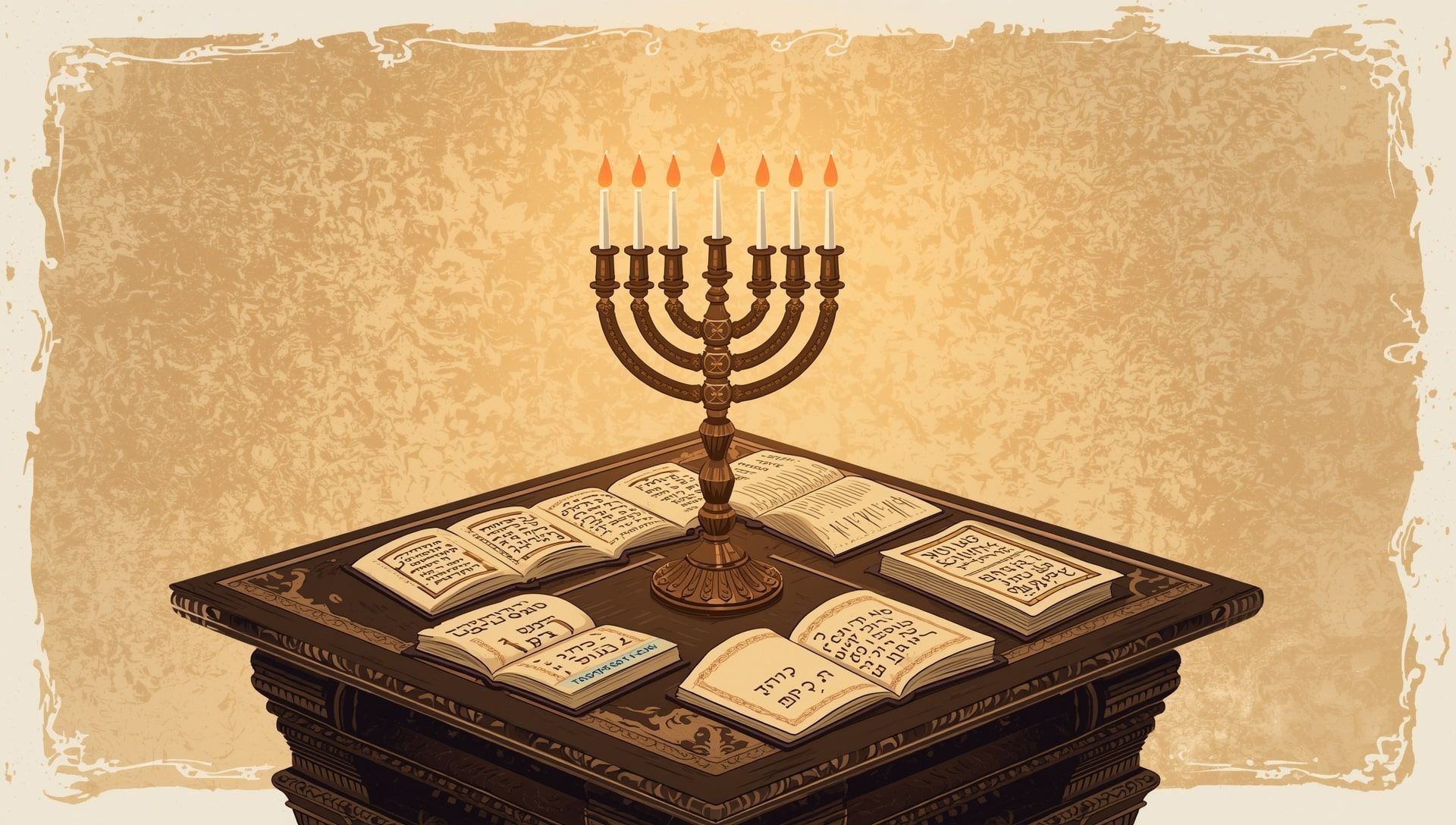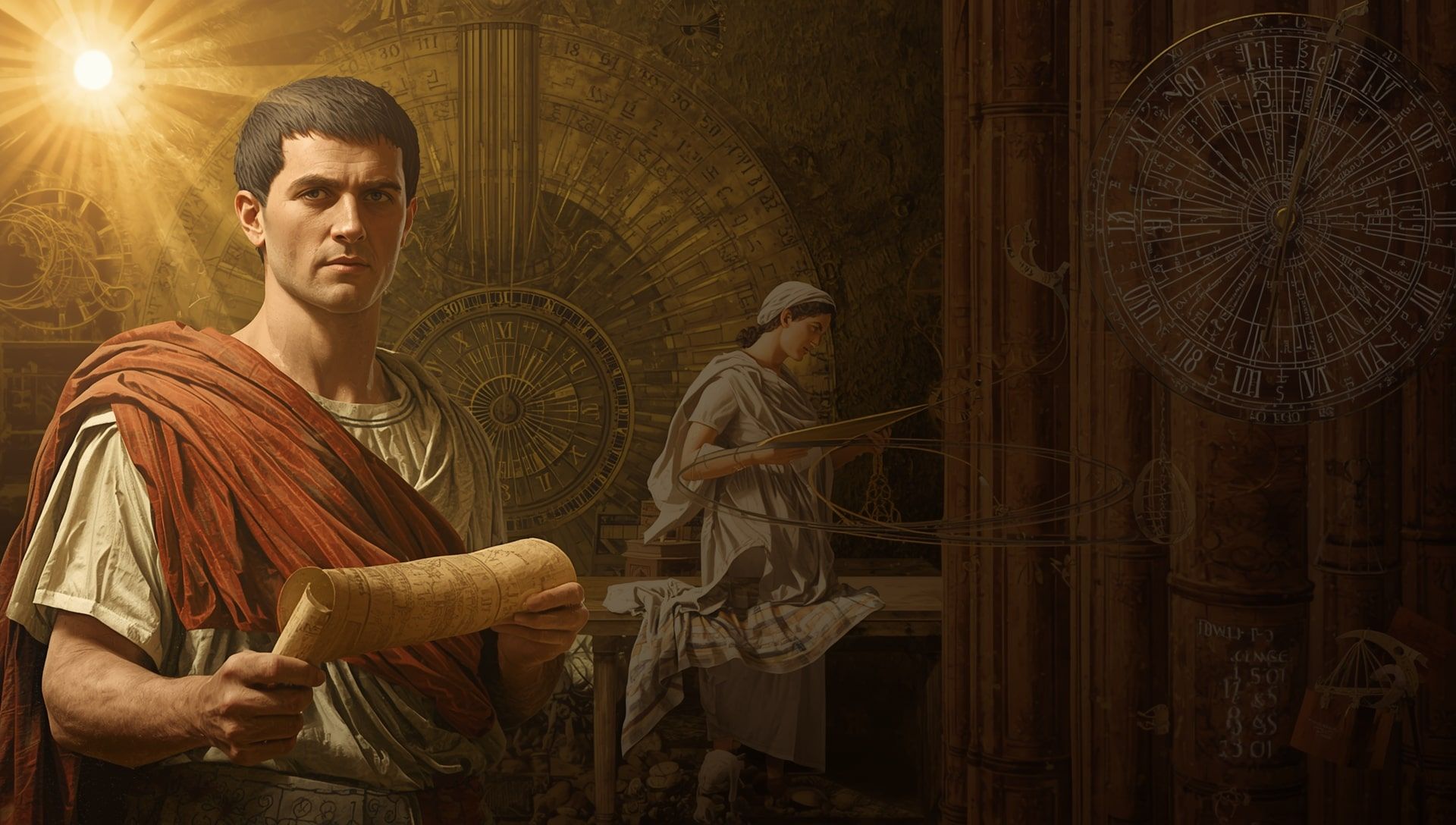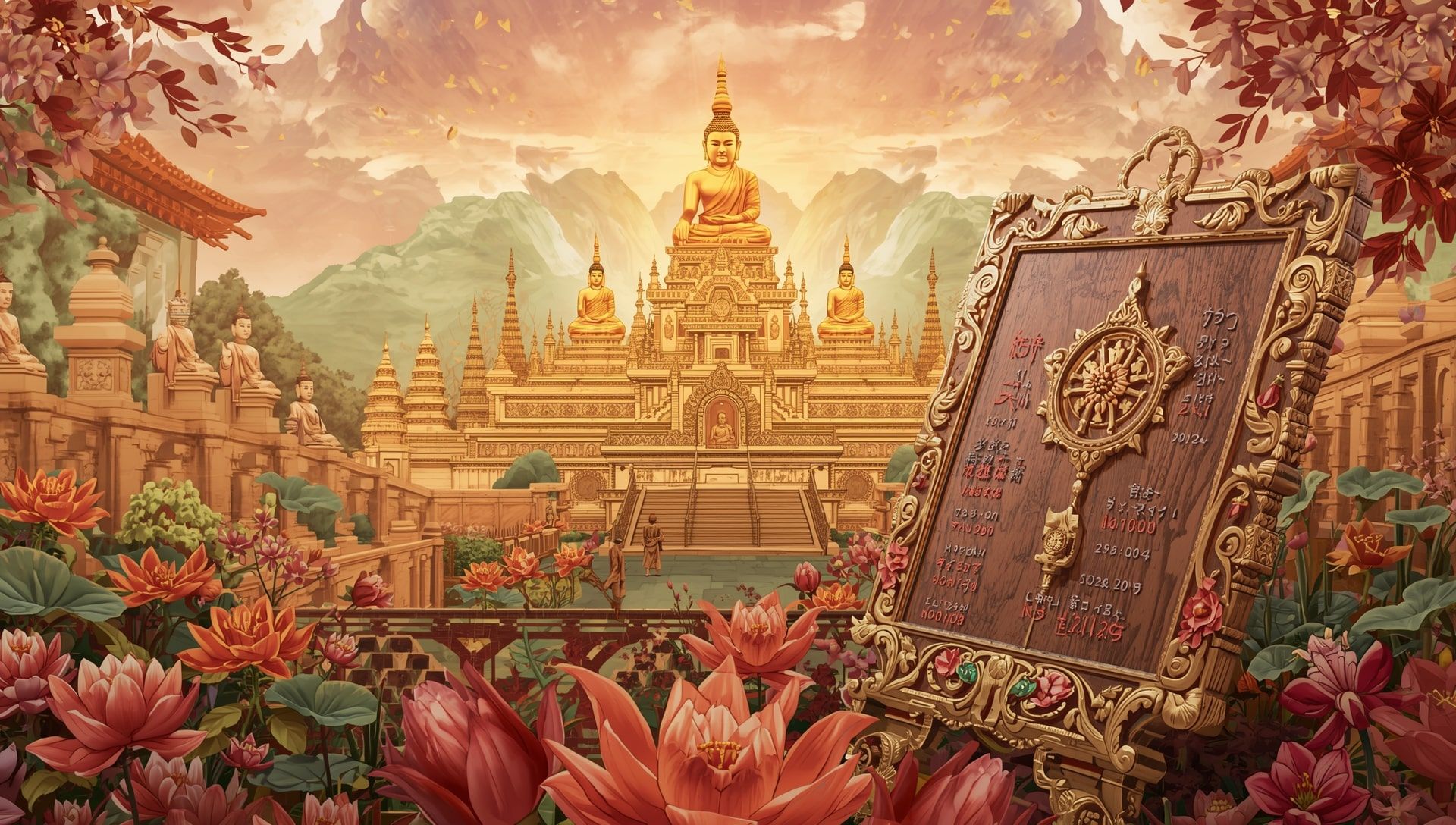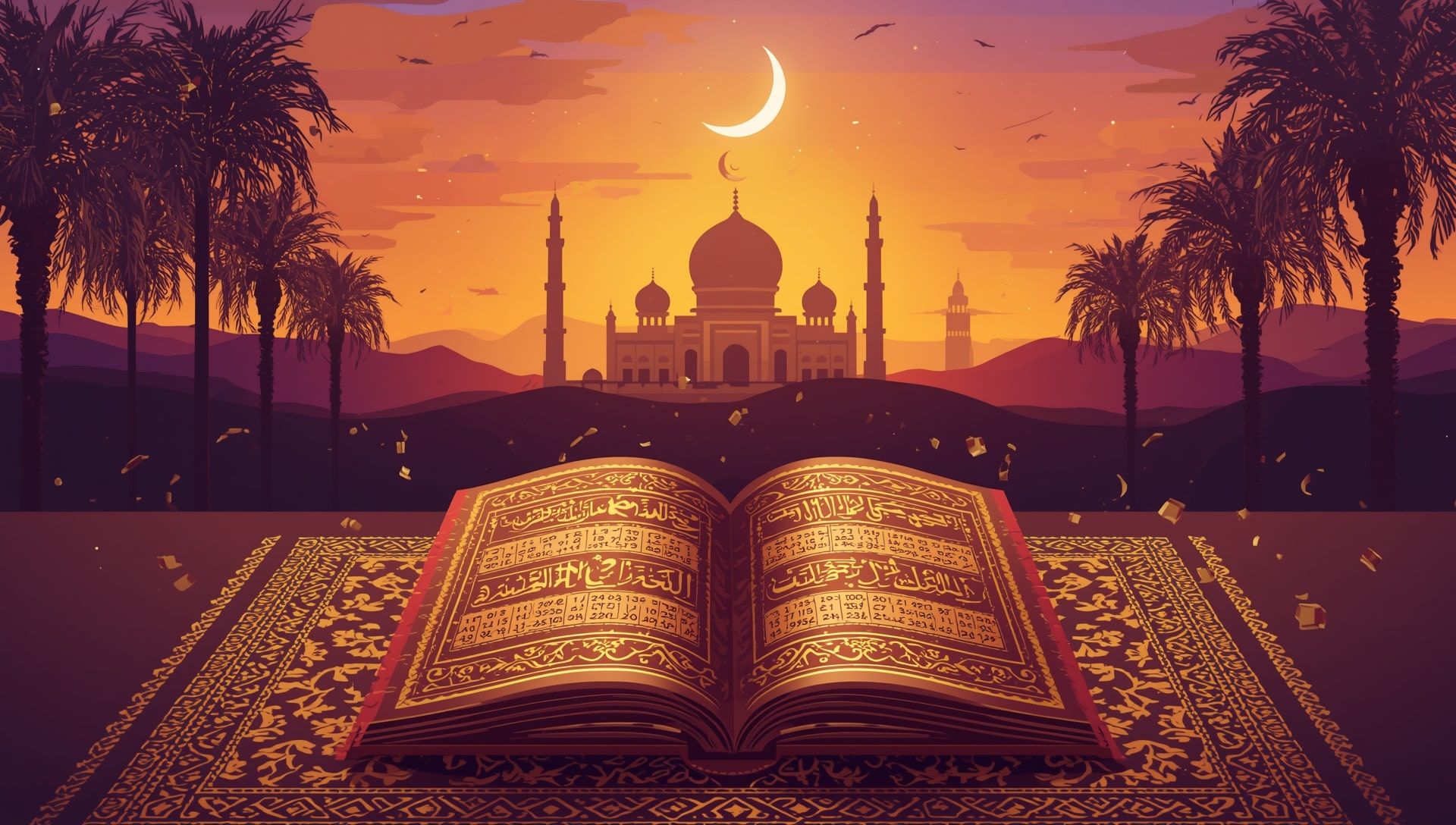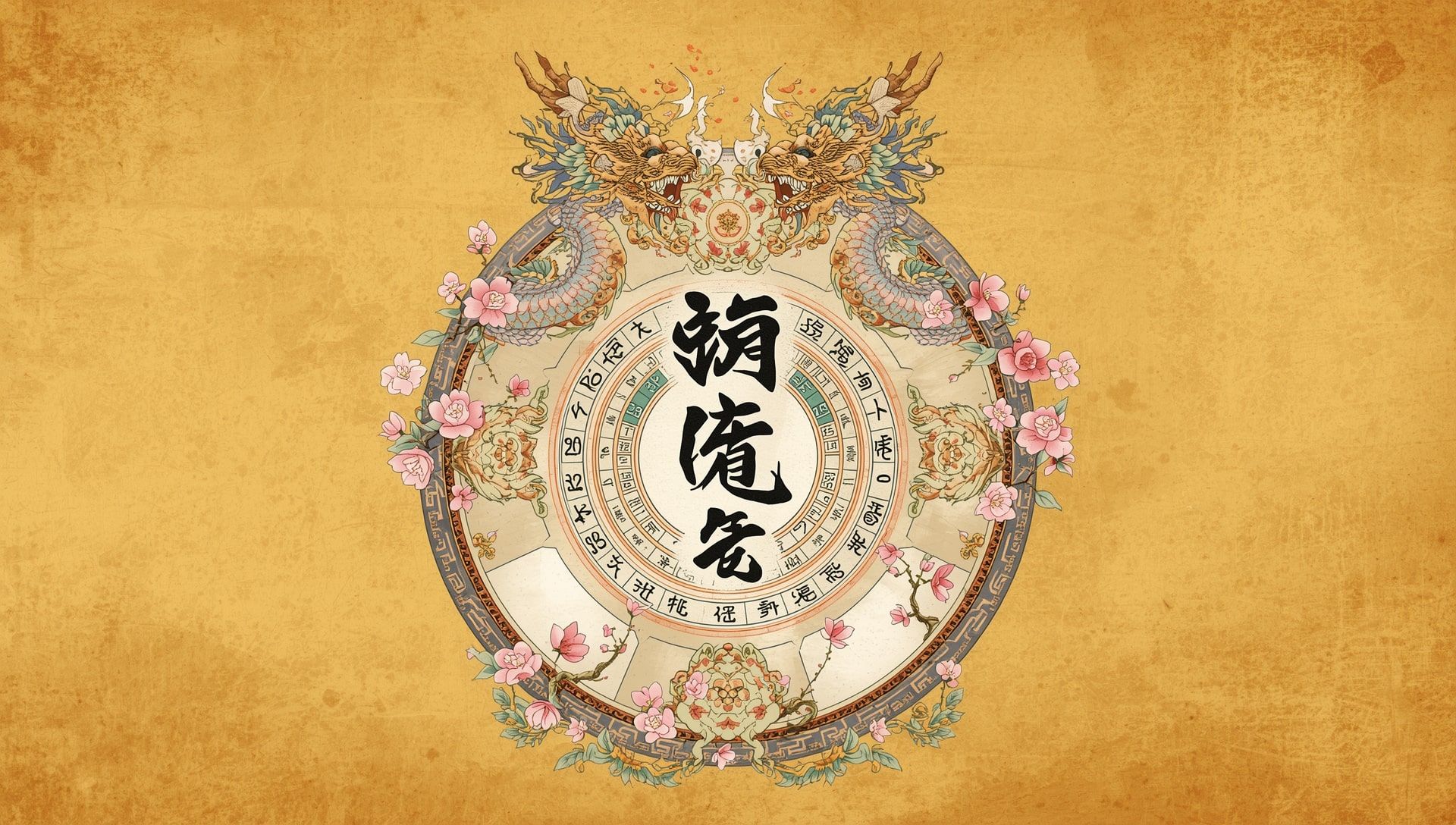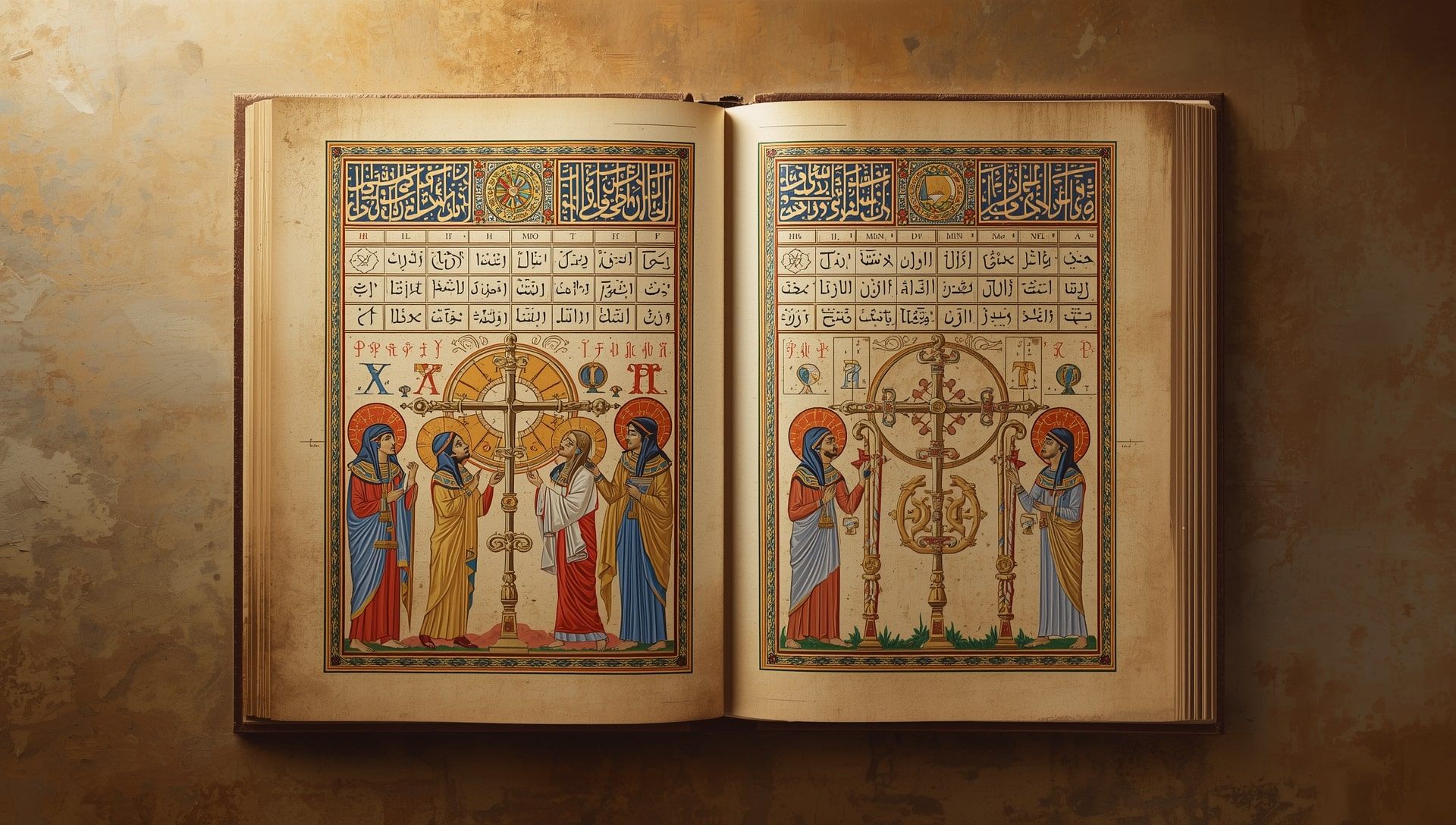- 🌙 The Jewish calendar is lunisolar, balancing moon months and solar years.
- 🕯️ Time begins at sunset, reflecting the story of creation in Genesis.
- 📜 Every holiday links nature’s cycle with historical memory.
- 🗓️ The 19-year cycle includes leap years to keep festivals in their seasons.
- 💫 Time is sacred, measured through community, rest, and reflection.
Time is rarely just about numbers. It’s how we connect our past to our present. The Jewish calendar is one of humanity’s most intricate ways to mark that connection. Unlike the purely solar Gregorian system or the purely lunar Islamic reckoning, the Jewish one bridges both. It keeps one foot in the sky of the moon and another in the path of the sun. This dual system creates a rhythm that feels alive, shifting slightly each year yet holding deep continuity.
| Aspect | Solar or Lunar? | Purpose |
|---|---|---|
| Months | Lunar | Follow moon cycles of 29 or 30 days |
| Years | Solar | Keep festivals in their proper seasons |
| Leap Years | Combined | Add extra month to align solar and lunar years |
| Holidays | Both | Timed by lunar months and solar seasons |
The Rhythm of Sacred Time
The Jewish calendar does not start in January. Its year begins with Tishrei, the month of Rosh Hashanah. But its spiritual core traces back to Nisan, the month of Passover. Time in Jewish tradition flows in a spiral, not a straight line. Each year revisits ancient moments, allowing individuals to relive them, not just remember.
Days start at sunset, echoing the opening lines of Genesis: “And there was evening and there was morning.” Time is born in darkness before it meets light. That rhythm shapes Jewish life. The Sabbath begins at sundown on Friday, ending with the first stars on Saturday night. It’s a gentle reminder that light always follows shadow, much like how many communities around the world observe time transitions through natural cues rather than clocks.
The Structure of the Jewish Calendar
The Jewish year is made up of twelve lunar months, each with either 29 or 30 days. This means the year is roughly 354 days long, about eleven days shorter than the solar year. To keep festivals from drifting through the seasons, the calendar adds a leap month seven times every 19 years. That system, known as the Metonic cycle, keeps Passover in the spring and Sukkot in the autumn, ensuring that sacred time aligns with the natural world. This principle of adjustment is similar to how daylight saving practices seek balance between natural light and modern schedules.
- 🕉️ Tishrei: The month of judgment, beginning with Rosh Hashanah and ending with Sukkot.
- 🕉️ Kislev: The month of light, when Hanukkah shines against the winter darkness.
- 🕉️ Nisan: The month of freedom, marking the Exodus through Passover.
- 🕉️ Av: The month of mourning, remembering the destruction of the Temples.
- 🕉️ Adar: The month of joy, celebrating Purim and laughter before spring.
Counting Time Through Faith
Unlike secular calendars, the Jewish calendar counts from what it considers the creation of the world. The current year, for example, is 5786 according to this ancient reckoning. Each year holds not just dates, but layers of meaning tied to stories, prayers, and cosmic order. It’s part of a broader human effort to measure existence, seen across cultures and in systems like the Babylonian calendar and Buddhist timekeeping.
Time becomes personal. Every week brings the Sabbath, a sacred pause. Every month welcomes the new moon with blessing. Every season recalls miracles and challenges from long ago. Through these rhythms, time itself becomes an act of faith.
Holidays and Their Cosmic Placement
Each Jewish festival connects heaven and earth through timing. They are not random celebrations, they are milestones of memory, much like how various global observances reflect natural cycles and cultural heritage.
- Rosh Hashanah: The Jewish New Year, a time of reflection and renewal.
- Yom Kippur: The Day of Atonement, set ten days later for repentance and peace.
- Passover: Spring festival of liberation, timed at the full moon of Nisan.
- Shavuot: The festival of revelation, fifty days after Passover.
- Sukkot: The harvest festival, celebrating shelter and gratitude in autumn.
-
🌕 A lunar month begins with the new moon.
🌿 Leap years keep Passover in spring, never winter.
🕊️ Each holiday has agricultural and spiritual layers.
📜 Time links moral reflection with nature’s cycle.
The Calendar as a Living Conversation
The Jewish calendar is more than a system. It’s a dialogue between people and the cosmos. Its laws are studied in detail, yet they serve emotional and spiritual needs. Farmers once looked at it to time their planting. Rabbis used it to align prayers. Families use it to plan weddings, bar mitzvahs, and memorials. Every date carries echoes of those who came before. In this way, it mirrors how a calendar in any society shapes both daily habits and shared meaning.
Its strength lies in its humanity. It respects the imperfection of lunar months, the unpredictability of weather, and the constancy of tradition. It asks people to adjust, not control, time. To live with its subtle shifts and celebrate them.
Symbolism in Numbers and Cycles
Numbers in the Jewish calendar carry deep resonance. Seven, for instance, symbolizes completion. The Sabbath is the seventh day, and the seventh year (Shemitah) offers rest for the land. The fiftieth year, called Jubilee, resets debts and property. Time becomes ethical. It teaches balance, rest, and compassion, concepts that echo through the seven-day week tradition found in much of the world.
Months too have symbolic weight. The waxing and waning moon mirrors human emotion, hope, loss, renewal. Each festival marks an inner season as well as an outer one. The rhythm between the moon and the sun invites awareness of both light and shadow in life’s timing.
The Calendar in Modern Life
Despite its ancient roots, the Jewish calendar thrives in the digital age. Apps can now calculate candle-lighting times and prayer schedules anywhere in the world, similar to tools found in modern world clock applications. Yet the essence remains analog. Lighting Shabbat candles or sighting the first star does not require technology, only mindfulness.
For many, the Jewish calendar offers a pause from the blur of modern timekeeping. It teaches patience. The days stretch slower when you count them by the moon. The year feels deeper when each moment carries memory.
Table of Seasonal Festivals
| Festival | Month | Theme | Symbolic Element |
|---|---|---|---|
| Rosh Hashanah | Tishrei | Renewal | 🍯 Apples in honey |
| Yom Kippur | Tishrei | Forgiveness | 🕊️ White garments |
| Passover | Nisan | Freedom | 🍞 Matzah |
| Shavuot | Sivan | Revelation | 📜 Torah scrolls |
| Sukkot | Tishrei | Harvest | 🌿 Palm and citron |
| Hanukkah | Kislev | Light | 🕯️ Menorah |
Living by the Light of the Moon
The Jewish calendar asks its followers to live not by urgency but by awareness. Each new moon is a fresh beginning. Each Sabbath a reminder to stop creating and start appreciating. Each festival, a chapter in a story that began before clocks were ever wound. This cyclical mindfulness resonates with those who observe time zones shifting across the planet, connecting humanity through light and rotation.
In an age of seconds and notifications, it teaches a different rhythm, one of gratitude, alignment, and memory. The Jewish calendar holds time not as a race, but as a circle, turning endlessly with the pulse of life itself.
